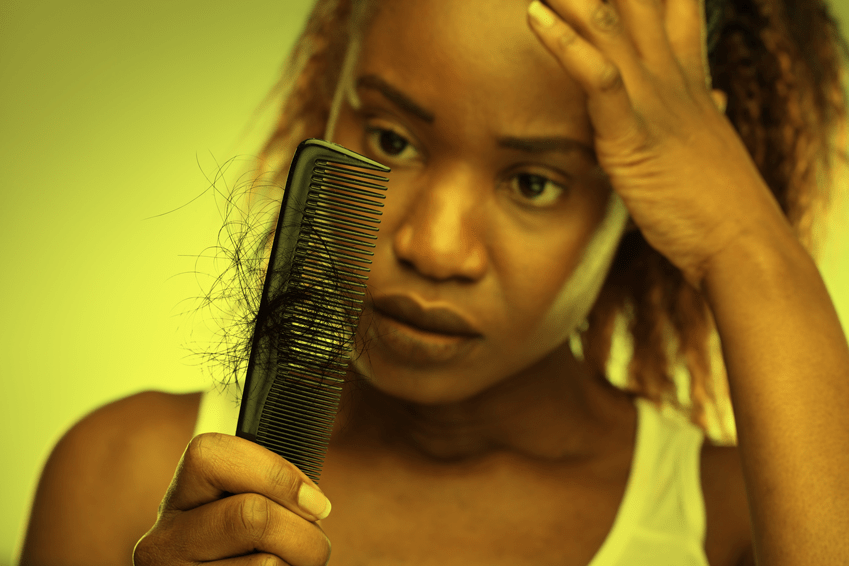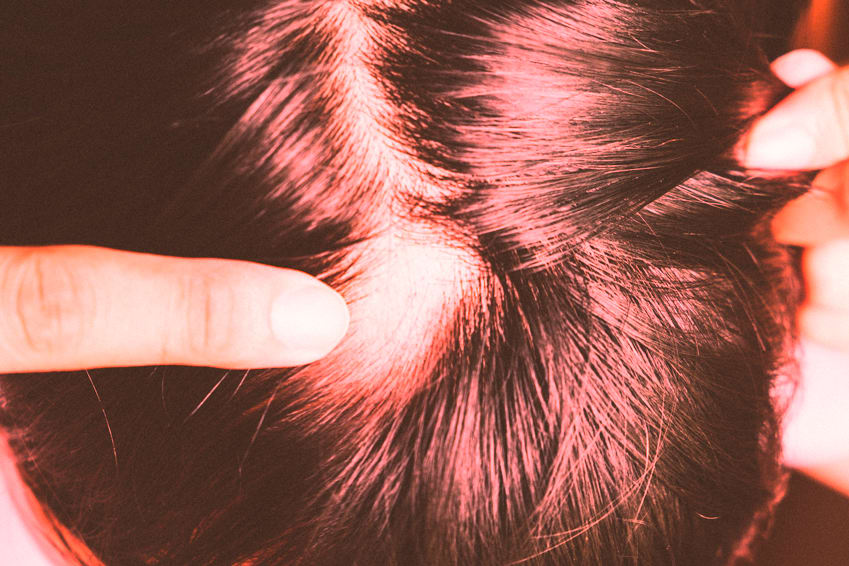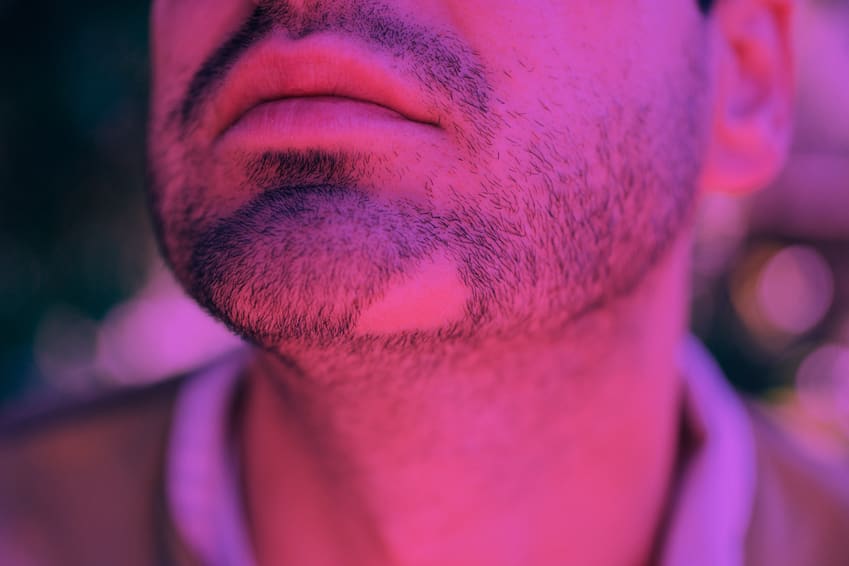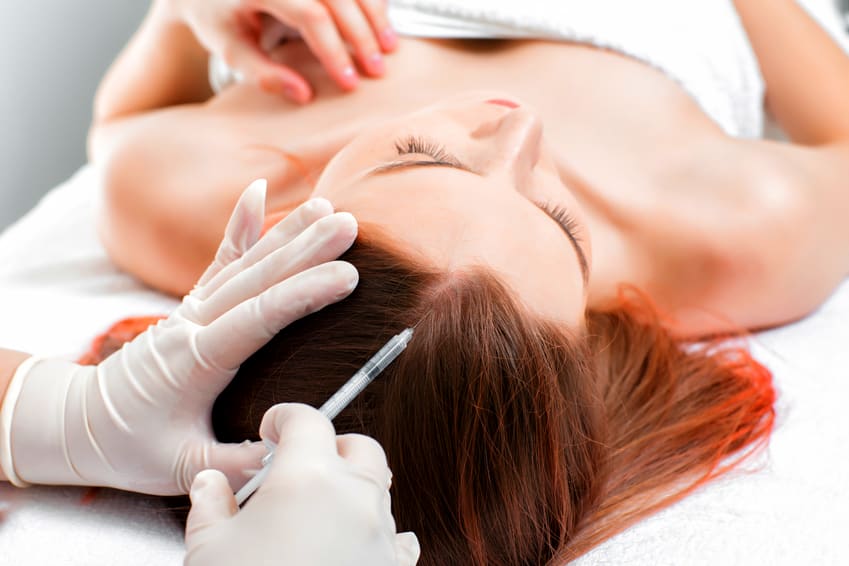If you’re noticing more hair than usual on your pillow when you wake up, or more hair falling out when you shampoo, or even small bald patches on your scalp or beard, you could have alopecia.
Alopecia is an autoimmune condition that causes hair loss. The scalp is the most commonly affected area, but the rest of your body can fall prey to it as well.
The National Alopecia Areata Foundation claims that the alopeica areata form of it “affects as many as 6.8 million people in the U.S. with a lifetime risk of 2.1%”.
Here’s a thorough review of the condition from the medical education company, MEDSKL..
https://youtu.be/DvnJ6qZkaBA?t=10
While it can be distressing to lose large volumes of hair, alopecia is not a painful condition, and it’s not something to be ashamed of. It can happen to anyone, and does not mean you have cancer.
With various treatments to help manage the symptoms, people with alopecia can fully expect to live full and healthy lives, and even restore some of the hair they have lost, or slow the progression of hair loss.
What causes alopecia?
Alopecia happens when the immune system attacks hair follicles “by mistake”. An immune system’s job is to protect the body from harm – but for certain individuals, something causes the immune system to identify hair follicles as a threat, and actually attack them.
Alopecia is not a contagious condition, and everyone is at risk of being affected. Regarding heredity, if you have someone in your family with alopecia, your chances of contracting it could be somewhat higher.
How do I know if I have alopecia?
You may first notice you’re losing hair when clumps appear on your pillow, while in the shower, or combing your hair. As more hair falls out, you’ll probably start to notice smooth and round patches of complete hair loss on your scalp. Other areas of your body might be affected, too.
While it is most common to lose just one or a few patches of hair, in cases of alopecia totalis, you could lose all the hair on your head including your eyelashes and eyebrows. In the rarest cases, some people may even lose all the hair on their body, know as alopecia universalis.
Alopecia areata can even affect your fingernails and toenails. Symptoms to look for are nails that look dull and thin, sometimes with white spots or dents. The nail typically does not fall out, and the shape won’t change as well. They are simply more fragile.
Is there a cure?
While research suggests it may be caused by both genetics and environmental factors, the exact reasons are elusive. As for the permanence of alopecia, people with mild, patchy hair loss may even see their hair grow back within a few months without any treatment at all.
Unfortunately, there is no cure for alopecia at this time, but there are things you can try to help mitigate symptoms. Although it has not been proven scientifically, hair loss can be triggered by stressful or traumatic events. So it might be helpful to both your hair and overall health to reduce the amount of stress you in your life. In addition, protecting your hair and skin from the sun is a good bet.
When holistic treatments fail, pharmo-therapy in the form of corticosteroid injections, pills such as finasteride (a.k.a., Propecia), creams and foam as well as other topical medications can help – whether they do is highly individualized.
What else can I do?
If you have lost hair due to alopecia, and restoration of hair growth is important to you, methods such as hair transplants, platelet rich plasma (PRP) therapy and even stem cell therapy can provide excellent results.
A diagnosis of alopecia is not the end of the world. There are solutions you can explore to slow or reverse the symptoms. Your diligence in finding the right solution for you is key.




